Oil on canvas in very good condition, old relining. In its period frame in carved and gilded wood in very good condition.
Dimensions of the painting with the frame 95x75 cm
Here is what the expert Alexis Bordes writes about the painter Claude Lefèbvre
"Considered one of the best French portraitists of the pre-Versailles period of the reign of Louis XIV, Claude Lefebre born in 1632 is still waiting for a real study and a reconstruction of his work, despite the work carried out by Daniel Wildenstein and Jacques Wilhelm. He was a transitional artist between the generation of the founders of the Academy of Juste van Egmont and Louis Elle, with their meticulous Flemish description, and that of François de Troy – his student – and Nicolas de Largillierre, with their lively and suave brushwork. At the same time, more than any other portraitist of his time, Lefebvre knew how to adapt his style to the circumstances, showing himself capable of remarkable precision as well as blended modeling. Coming from an important family of painters working for Louis XIII, Claude Lefebvre trained in contact with the royal collections of Fontainebleau, his hometown, and under the guidance of his father. He then entered the studio of Eustache Le Sueur, then Charles Le Brun who, detecting his particular talent for portraiture, steered him early towards this genre. Painter to the king even before being admitted to the Academy in 1666, Lefebvre enjoyed great fame and had the honour of painting the king and queen, as well as the greatest figures of the kingdom, from Colbert to the Grande Mademoiselle. The portrait painter's brilliant career was interrupted by an early death at only forty-three years old. The inventory after the death of the artist's wife, Jeanne du Tilloy, drawn up in 1674, and the one drawn up after the death of Claude Lefebvre on 20 April 1675, list several dozen paintings, including unfinished ones. Although inevitably incomplete, these two documents and the list of portraits engraved after Lefebvre give a very precise idea of his clientele. We discover important figures of the court such as the Duke of Orléans or the daughter of Madame de Sévigné, prelates such as the Archbishop of Paris, but also actors such as François Juvenon known as La Fleur, musicians such as Charles Couperin, men of letters such as Valentin Conrart and people of the arts: the painters Samuel-Jacques Bernard and Ephrem Le Comte, the engraver François Chauveau or the sculptor François Girardon. If the artist's beginnings were marked by a distinctly Nordic taste, Lefebvre quickly adopted more natural poses, without losing any of his elegance or solemnity. He also seems to be one of the first to inscribe his works in an oval, such as the presumed portrait of the jurist and playwright Thomas Corneille painted around 1670 or the Self-portrait of the artist (private collection). The latter, although more worked, seems quite close to our canvas which also represents an artist as indicated by the portfolio of drawings and the mechanical pencil similar to the one held by Antoine Coypel in his portrait by Gilles Allou (Versailles, inv. MV 3682).
General bibliography (unpublished work) :
Théodore LHUILLIER, "The painter Claude Lefèbvre, from Fontainebleau", Meeting of learned societies of the departments at the Sorbonne. Fine Arts Section, 16th session, 1892, p. 487-510.
Eugène THOISON, "Claude Lefèbvre", Meeting of learned societies of the departments at the Sorbonne. Fine Arts Section, 29th session, 1905, p. 358-383. Daniel WILDENSTEIN, "Claude Lefebvre restored by the print", Gazette des Fine Arts, LXII, 1963, pp. 305-313.
Jacques WILHELM, “Some portraits painted by Claude Lefebvre (1632-1674)”, Revue du Louvre, no. 2, 1994, pp. 18-36.
Dominique BREME, Emmanuel COQUERY et al., Faces of the Grand Siècle. The French portrait during the reign of Louis XIV, 1660-1715, cat. exp. Nantes and Toulouse, 1997."



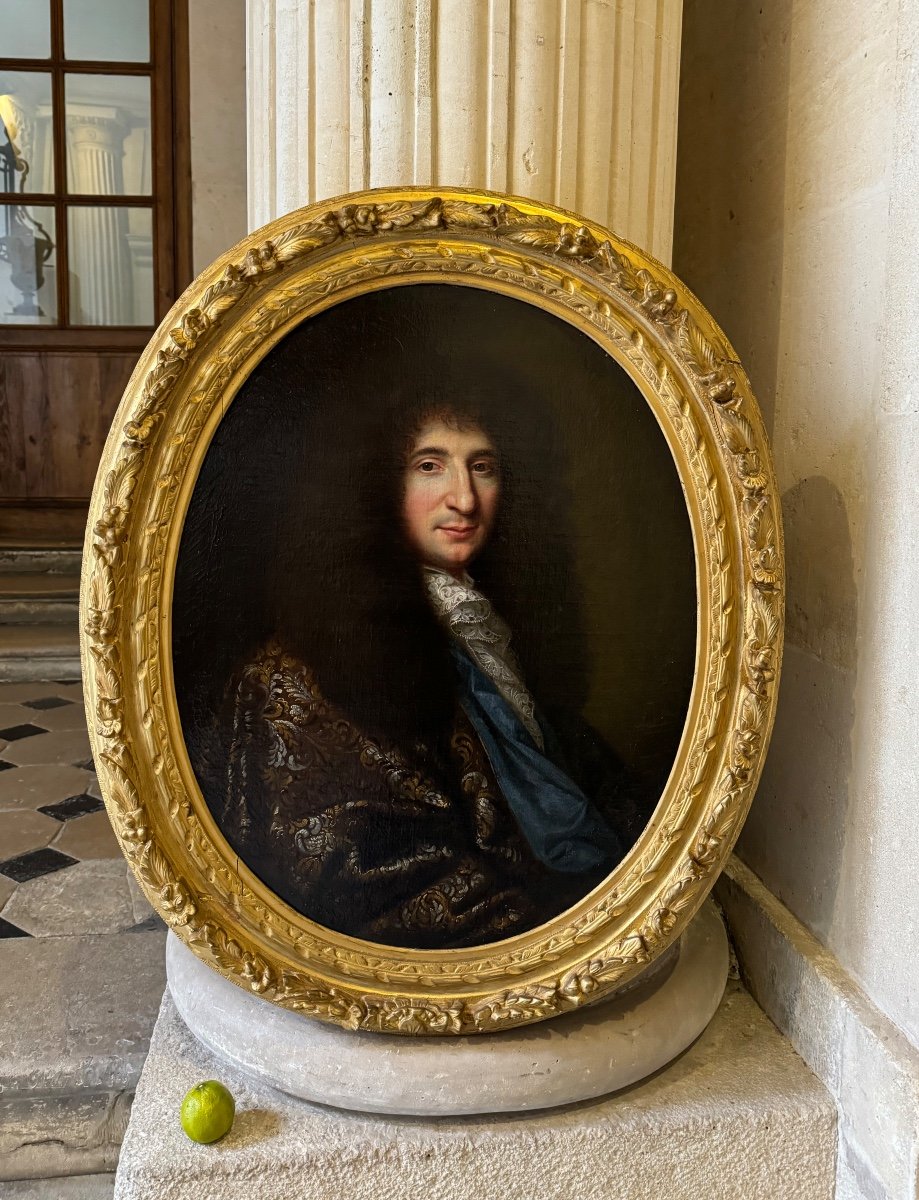
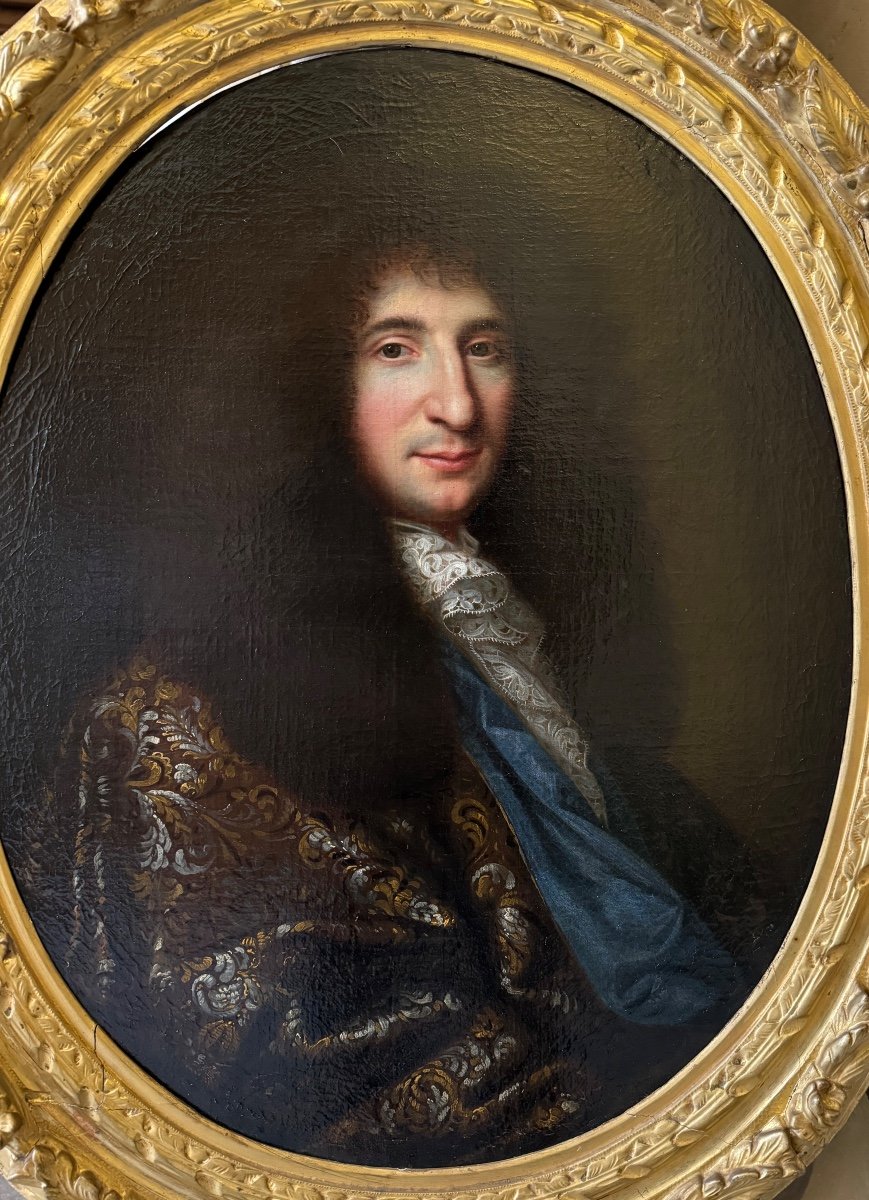




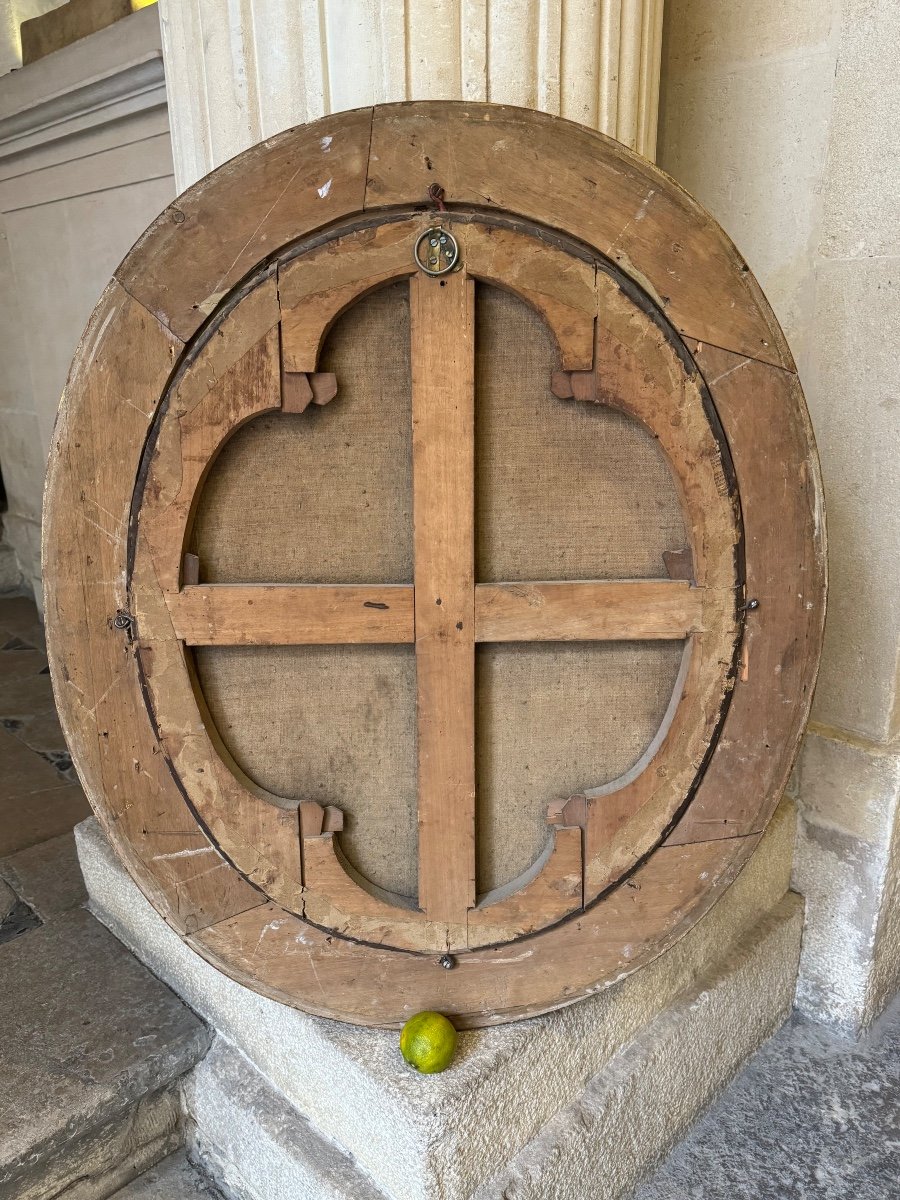
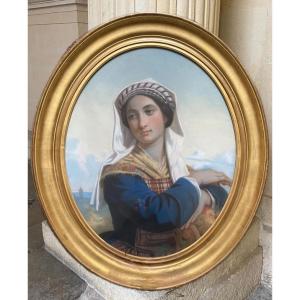

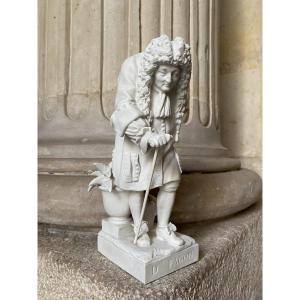


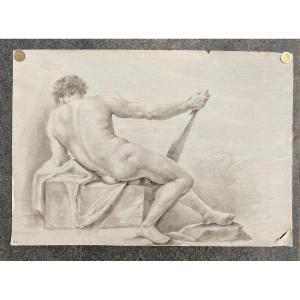
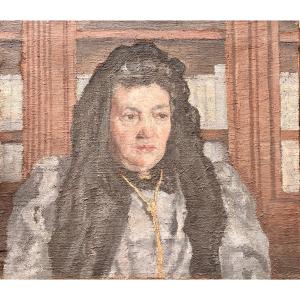
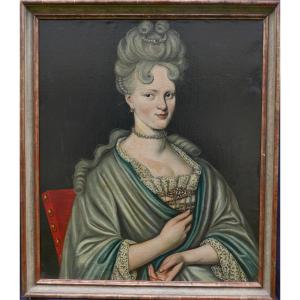
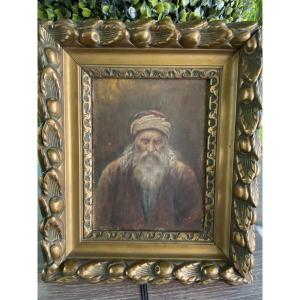
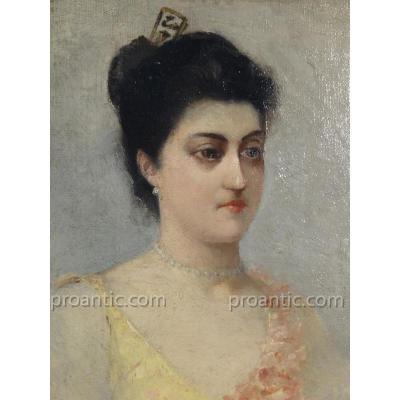
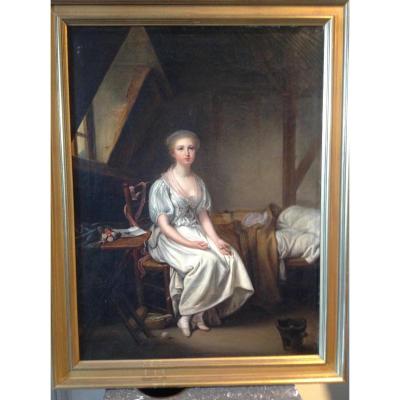




 Le Magazine de PROANTIC
Le Magazine de PROANTIC TRÉSORS Magazine
TRÉSORS Magazine Rivista Artiquariato
Rivista Artiquariato
